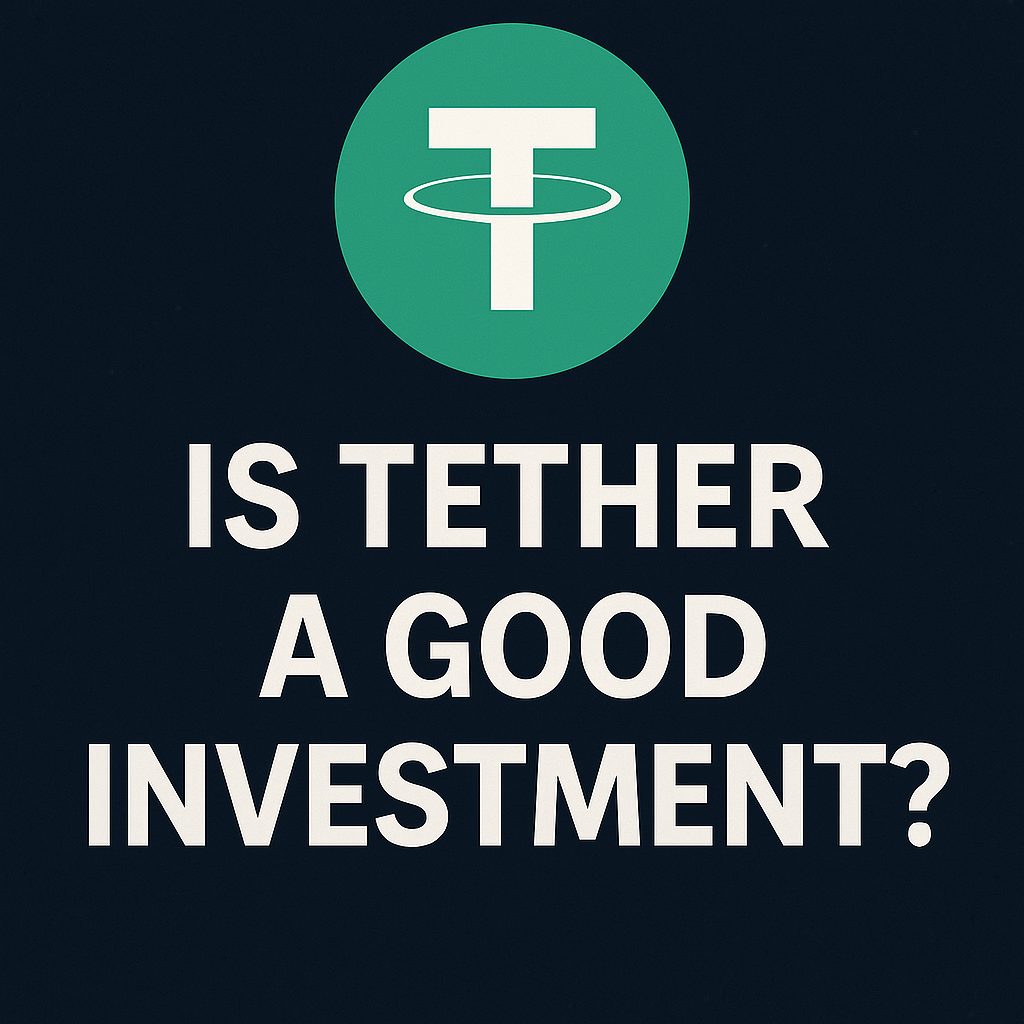Over the past ten years, cryptocurrency and blockchain technology have seen unprecedented growth in speed of adoption and use cases that has dramatically accelerated digital payments. As the world becomes more digital every day, the next big two digital currencies-Stablecoins and Central Bank Digital Currencies or CBDCs-are expected to be praised as the transformative interactions for transactions. However, when weighing Stablecoins vs CBDCs, they could not be more dissimilar in terms of structure, use, and governance. It is especially essential to understand how they are different as one considers which will dominate the future of digital payments.
Understanding Stablecoins: Exploring Their Promise of Stability
The price instability of alternative traditional coins, such as Bitcoin and Ether, would be stabilized by stablecoins that equilibrate price with reserve assets, though most times fiat currencies serve as one of these: the dollar. The foremost use cases for stablecoins would be that of POS transactions and cheaper cross-border payments with the stability of fiat currency. These are various categories of stablecoins that retain their value via varying mechanisms. For instance, Tether and USD Coin are fiat-collateralized stablecoins, which means the two are backed by a certain reserve of fiat currency held in the accounts of the commercial banks with whom these dollar assets are held.
On the other hand, algorithmic stablecoins like TerraUSD continue to manage supply through algorithms to uphold their peg, yet without any first-physical reserve to draw from. Henceforth, stablecoins have intertwined themselves with the ecosystem; on one side, there is volatility in the world of cryptocurrencies and on the other, stables of traditional finance. This, in turn, also provides liquidity on DeFi platforms where they are used to enter trades or, more recently, as an intermediary currency for real-world applications. The spotlight on them is due to the decentralized nature of these stablecoins, not dependent on any central authority, and in transparent blockchain technology that provides them.
Government-Backed Digital Currencies: An Introduction to CBDCs
While CBDCs are the electronic version of the fiat money issued by a country’s central banks, they stand distinct from cryptocurrencies since the latter do not utilize decentralized networks and therefore remain in the control of central banks of various countries. The intention is to recreate the age-old traditional fiat currency system in a new digital mode, offering the governments to modernize their financial infrastructure with means to improve monetary policy and counteract the surging private cryptocurrencies and stablecoins.
CBDCs can be wholesale and retail. While retail CBDCs are supposed to be accessible for the average person to use for all their transactions in daily life, wholesale CBDCs are usually focuses interbank payment by the financial sector. An example of retail CBDC is the Digital Yuan of China: it should substitute for the need of physical money and operate the conduct of financial services on a virtual plane. The European Central Bank and the Federal Reserve also have retail CBDCs in various stages of development. A good thing about CBDCs is that they are fully backed by the central banks, which, in essence, provides CBDCs with direct trust and stability in the same way that the people accord prototypical fiat currency. CBDCs also give governments more effective tools to control the money supply and conduct monetary policy, such as managing inflation or reacting to a financial crisis in real time.
Digital Currency Comparison: Stability and Control in Stablecoins vs CBDCs
The key difference lies in the level of control and governance when discussing stablecoins vs CBDCs. While stablecoins are usually issued by private entities like companies or foundations, with no central authority having control, this gives an inherent advantage to them- decentralization, for being private, and free of any governmental interference. Yet this makes it more susceptible to further regulatory checks. Still, one cannot deny that there are risks present that accompany any such instrument.
On the other hand, CBDCs are supposed to be kept under government control. This turns them into strictly regulated means ensuring that the government can exercise complete control over the issuance and distribution of the currency, plus its monetary policy. While this control by the centre can, indeed, add to the credibility of the currency, at the same time, it is looked at as an attack on one’s privacy, such as surveillance of a transaction. There may always be those who want their financial privacy intact, and so the users of CBDCs might find themselves increasingly tracked and shrivelled in their transactions.
Adoption and Global Penetration: Comparing CBDCs and Stablecoins
Again, we have a huge contrast between adoption rates for stablecoins and CBDCs. Its decentralized and versatile nature has increased the use of stablecoins, especially on the crypto and DeFi platforms. One should expect that in 2025, stablecoins like USDC and Tether will be highly used for cross-border payments and remittances and will continue to be an alternate store of value in currency-unfriendly countries. Especially since every passing day tends to add up to this usage regimen, as much of the population seeks to shield itself from inflation or conduct exchanges of digital asset forms less encumbered.
Still, CBDCs are in their infancy. Some countries have shown serious steps toward pilot programs and test launches, such as China, Sweden, and the Bahamas; nonetheless, globally, full-fledged implementation of CBDCs has yet to enter the picture. In any event, at the national government level, a balancing factor needs to exist with respect to privacy issues, legal inhibitions, and interference with the existing financial system. With the further development of CBDCs by the United States, the European Union, and other countries, the battle line is getting clearer for the distinction between stablecoins and CBDCs. The advantage of stablecoins being non-sovereign temples of financial liberty with quite low transaction costs means most people will lean toward stablecoins. CBDCs foster safety and stability, especially when it comes to the normal financial system, because these are institutional facilities backed fully by governments under complete regulation and oversight.
Digital Payment Evolution: Embracing a Hybrid Ecosystem Model
This is not to suggest that there is a winner-takes-all all in digital payments. We can have a coexistence of stablecoins and CBDCs, with each one undertaking its unique role in the financial ecosystem. Stablecoins could coexist in decentralized applications able to take swift low-cost transactions and offer some privacy advantages, while CBDCs can assume a role as part of the backbone of many national economies by providing stability and ease of use when making everyday transactions. The same would hold true for stablecoins; for example, governments can assimilate cand stabilize into their financial ecosystem. They could have regulatory structures for their utilization; they may develop government-backed stablecoins that provide the same functions of privately issued stablecoins but with a higher degree of regulatory oversight.
Conclusion
As we have seen in the stablecoin vs CBDC debate, both have different advantages, and both can potentially dominate different aspects of the future of digital payments. Stablecoins are more decentralized, provide for more privacy, and are willing to innovate as far as limitations imposed by cryptocurrency can. CBDCs are now poised to provide a state-backed, stable alternative options and ensure government control over/ability to direct monetary policy. So the question then becomes which will dominate. On balance, less instead, it is likely we will end up with a hybrid model in which stablecoins and CBDCs offer something complementary to the changing digital economy. The ultimate winner will be which system strikes an acceptable balance between innovation, security, and user adoption while we all continue to work within ongoing iterations regarding technical and regulatory visions.



















